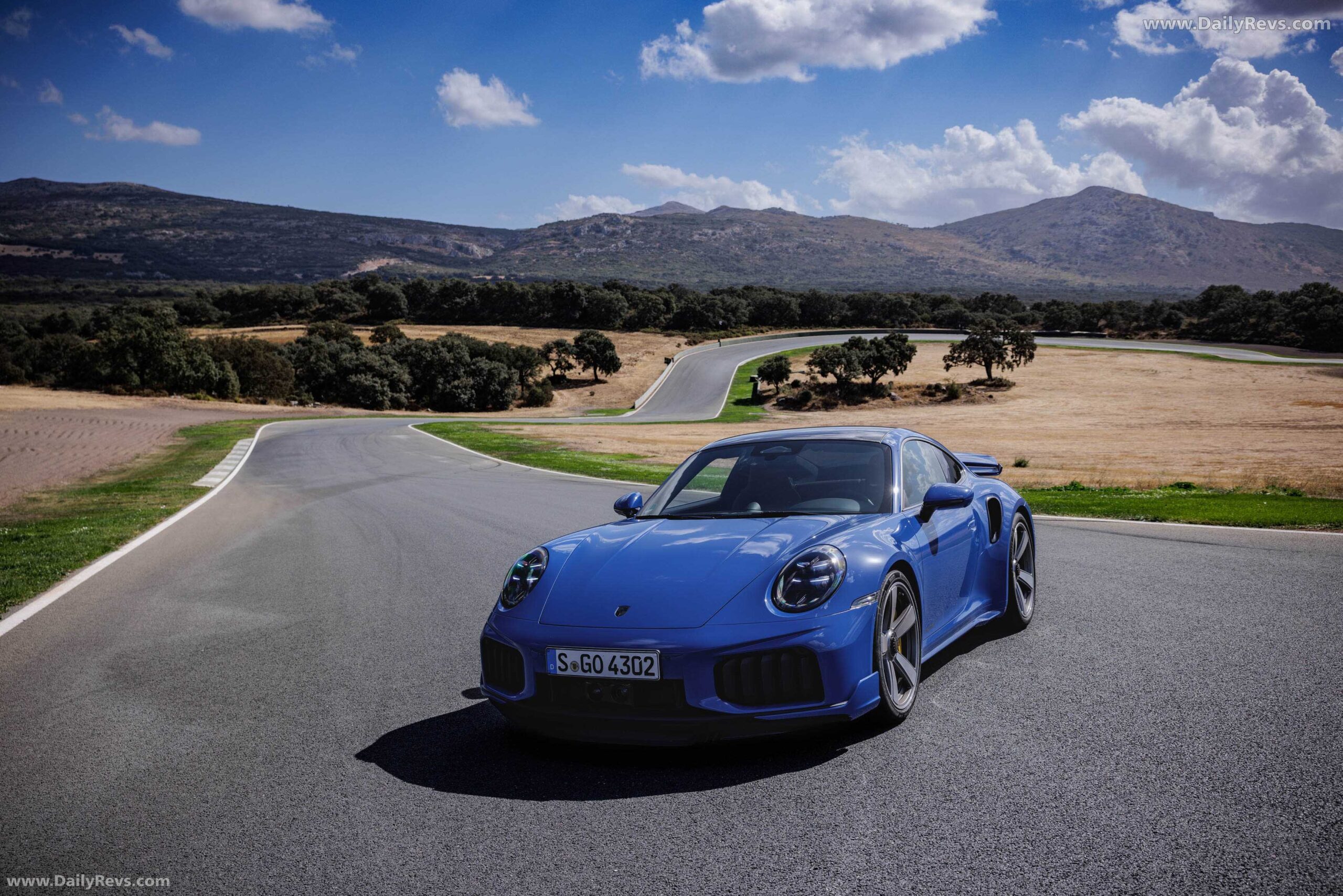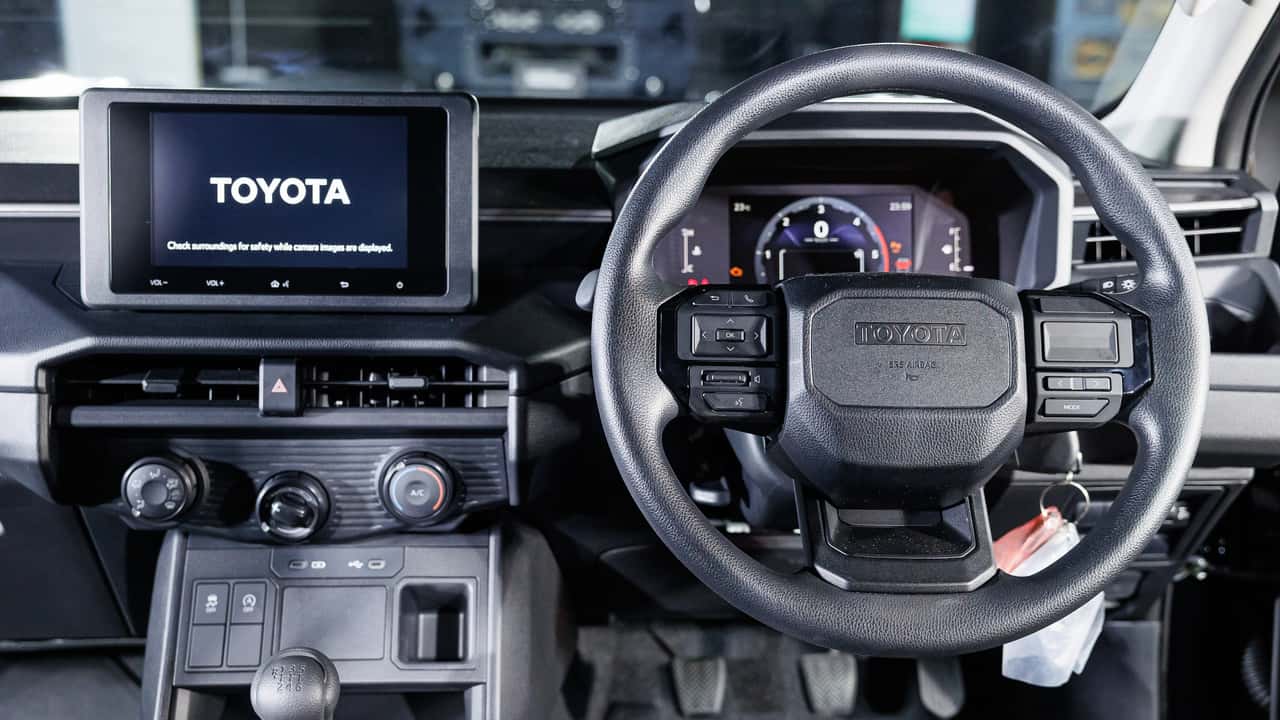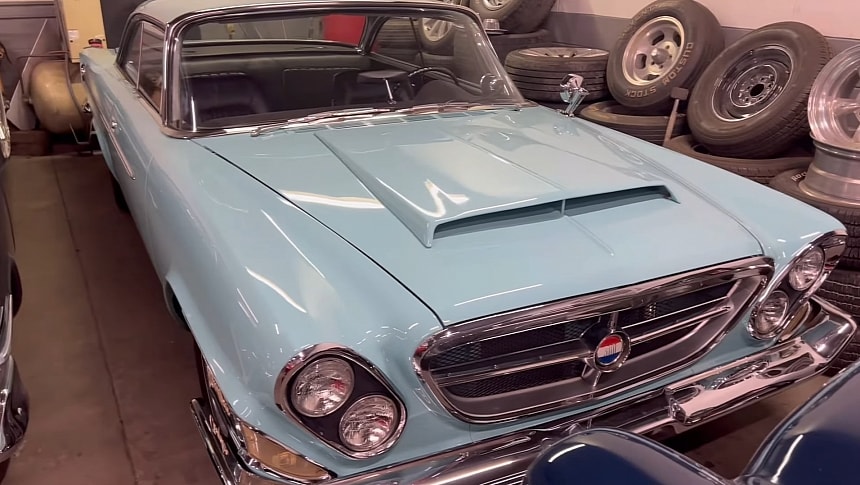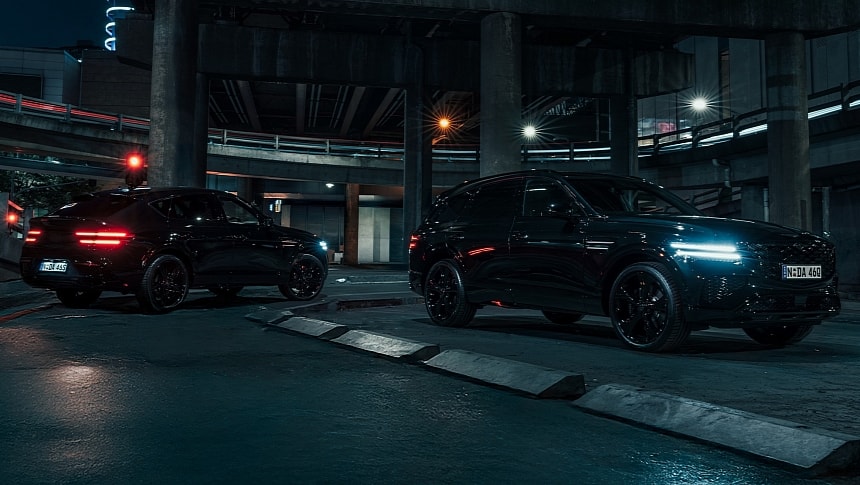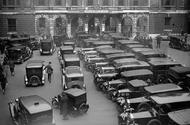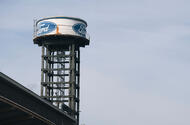A century ago, it was okay to block someone in if the car park was busy
It’s a strange question, but one we had to ponder 100 years ago…
You may have had to read the question above twice just to confirm that you understood it correctly, so ludicrously self-evident does the answer seem.
But there was a time when this was a perfectly legitimate thing for Autocar to be asking.
Locks for cars started appearing in late 1900s America, where “car stealing has flourished”. Initially these didn’t lock the car itself but rather the ignition, steering wheel or bonnet. In fact, one car could have as many as eight of the things.
Enjoy full access to the complete Autocar archive at the magazineshop.com
By 1921, the Daily Mail here in Britain was “calling attention to the marked increase in theft of motor cars” and imploring owners “to take the elementary precaution of having their cars fixed with one of the locking arrangements”.
Three years on, Autocar praised an “ingenious” creation: a master lock that effected every lock on a single car via cables and bolts. It’s funny to read now – as is the fuss we made about a Hillman being designed so it “can be left entirely locked up when desired”.
Of course, leaving your car unlocked left it and anything inside it vulnerable to theft. “We are often surprised at the casual manner in which people leave valuable luggage in cars without taking the trouble even to lock the doors,” Autocar once commented.
“How often, too, are cases reported of doctors losing packages of dangerous drugs from their cars?” And that wasn’t all that could happen, as Graham Greene alluded to in his ’30s novel Brighton Rock, when his unsavoury protagonist and a woman, having met in a bar, sneak out to the car park and into the back of somebody’s Lancia.
Or take the 1933 case that we reported of a man’s “engine being started and ‘revved up’ by two urchins”.
The problem, it seems, was that locking a parked car wasn’t always entirely socially acceptable or even permitted, because parking areas were often filled chaotically.
This 1927 Autocar article about golfing gives a good outline: “The man whose car is imprisoned by your own probably finishes his 19th hole when you are ignominiously engaged in excavating the bunker guarding the 11th green.
“With strange oaths he enters your car, takes off your brake and gets the rest of his foursome to push your car out of his way. They all cry ‘whoa!’ as the car slides up to the wall of the yard, the pawl of your brake catches on the quadrant, he struggles with it ineffectually, and either your tail lamp got concertinaed, or your rear panel is stove in.
“If you are a canny fellow with a saloon, which is carefully Yale-locked before parking, he will muster a battalion of caddies, and push it on locked wheels.”
The police expected that cars would be left unlocked so that they could be moved in an emergency, and this was made a legal requirement in London in January 1925.
Defending the law in 1929, by which time three people had been prosecuted under it, the Tory transport minister said: “Parking on the public highway is an indulgence and local authorities, having spent large sums of money in widening the streets, now consider that these should be used more for traffic than for parking places.” It wasn’t just a quirk of the capital, as shown by this 1929 news story: “The Leeds Watch Committee view with disfavour the increasingly common practice of leaving the doors of cars locked whilst they are standing in public parking places.”
The issue returned to parliament in 1932, thanks to Tory MP Harold Hales. His concerns about ‘motor bandits’ were accepted by the LibLab government, whose transport minister said in changing the law: “The public will realise that this experiment is being made for their own convenience and the safety of their property. I hope and believe, however, that they will co-operate with [the authorities] by seeing that where cars are parked head to tail, two or three feet are left between the front and the back of each car.”
By 1938, the London situation had inverted entirely, as shown by this parking attendant’s response to an Autocar journalist’s request: “Yes, lock it, chum. I wish more people would. A man came racing at me last week saying that all his parcels had been stolen. I told him, no one had gone near his car and that I’d been here all the time. ‘Have you looked in the other car?’ I asked him. Over he goes and there’s is parcels in the next car, which was just the same model and colour as his own.”
